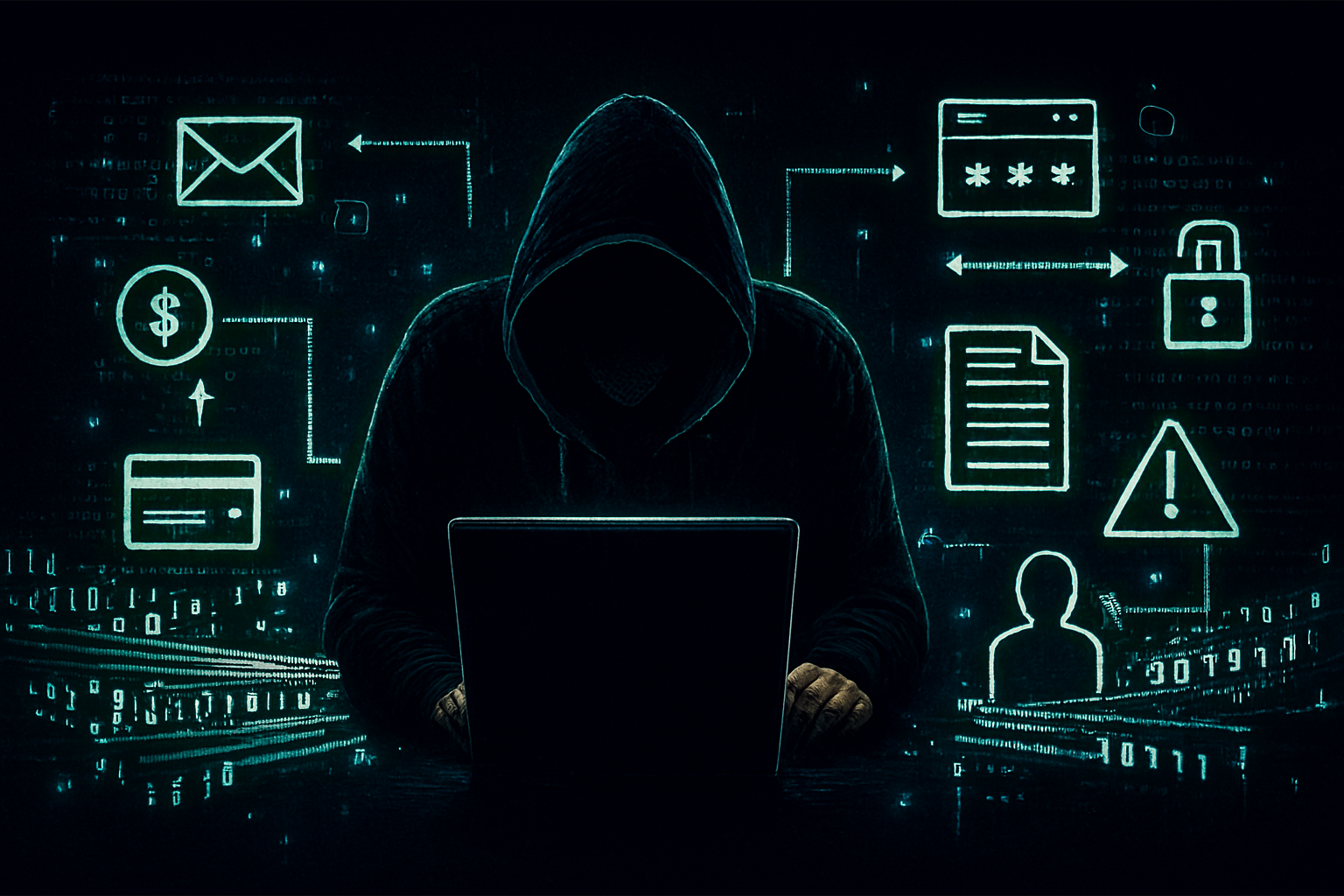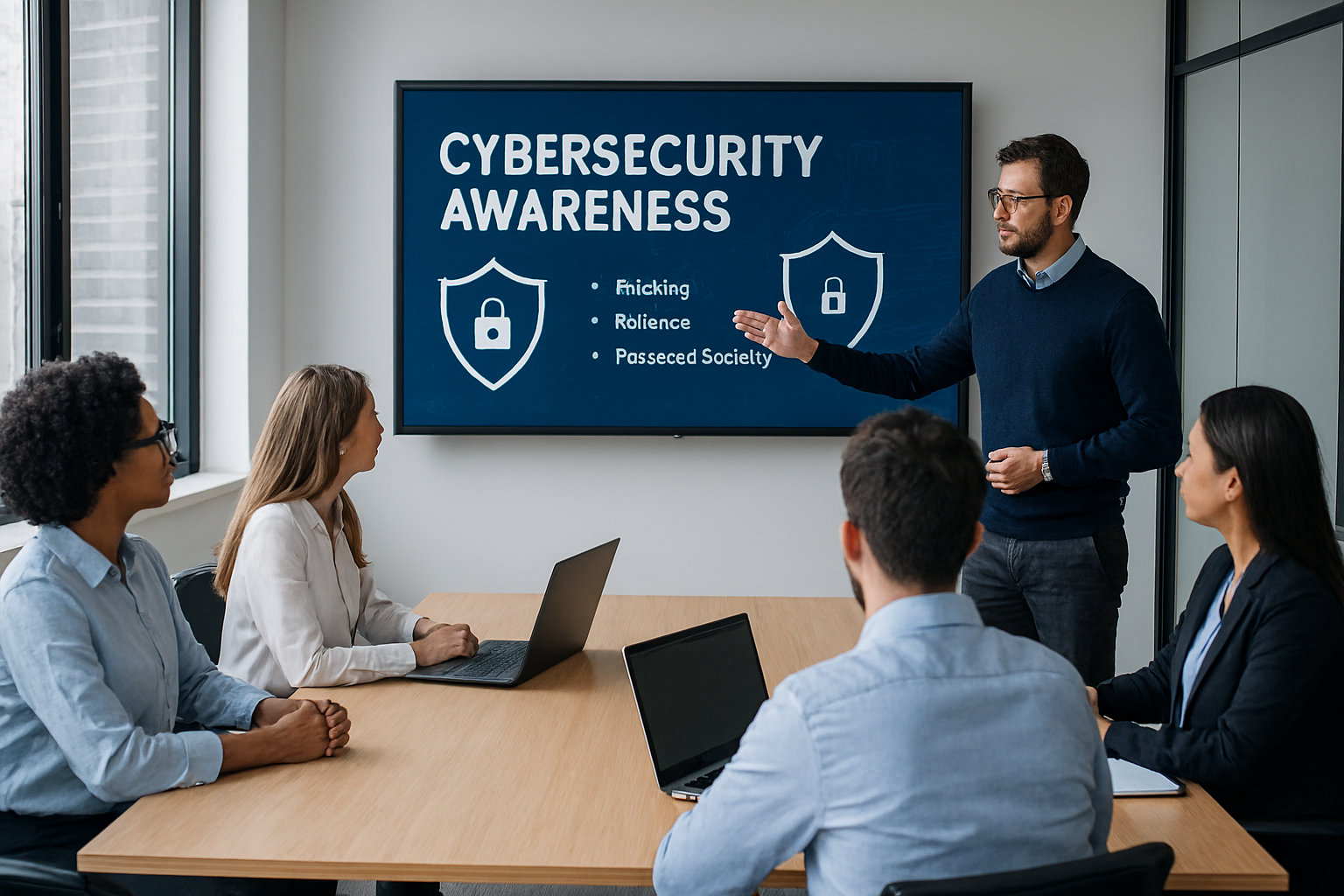The Dark Web Explained: How Stolen Data Gets Sold
Table of contents
Introduction
The internet is vast, but most people only interact with a small portion of it. Beneath the familiar surface of websites and search engines lies a hidden layer known as the dark web. While often associated with secrecy and crime, the dark web has become a major marketplace for stolen information. This article will provide clarity on the dark web explained: how stolen data gets sold, breaking down how it works, why it matters, and what individuals and businesses can do to safeguard themselves.
What is the Dark Web?
The dark web is a part of the internet that cannot be accessed using standard browsers or indexed by search engines. It requires specialized software, such as Tor, to browse anonymously. Unlike the surface web where everyday online activities occur, the dark web is designed for privacy and secrecy.
Although it hosts some legitimate uses, such as whistleblower communication and censorship-free discussions, the dark web is also a hub for illicit activities. One of the most profitable of these activities is the trade of stolen data.
Why Stolen Data is Valuable
Stolen personal and financial data is a digital commodity. Cybercriminals see information as currency because it can be used for fraud, identity theft, and even blackmail. Among the most common types of stolen data sold on the dark web are:
- Credit card details – Used for unauthorized purchases or cloning.
- Bank account credentials – Exploited to drain funds or launder money.
- Login credentials – Email, streaming, and cloud accounts are resold or leveraged for phishing.
- Social Security numbers – Vital for identity theft and fraudulent loan applications.
- Medical records – Highly valuable due to sensitive personal information and insurance data.
This trade fuels a thriving underground economy where supply and demand dictate the price of stolen information.
How Stolen Data Gets to the Dark Web
Before it reaches the dark web, stolen data must first be obtained. Cybercriminals use various techniques, including:
- Phishing attacks – Fraudulent emails trick users into revealing login credentials.
- Data breaches – Hackers infiltrate company databases to extract massive amounts of personal data.
- Malware infections – Keyloggers and spyware silently capture sensitive information.
- Social engineering – Manipulating individuals into giving away access details.
Once harvested, this information is packaged and prepared for sale in underground forums.
The Marketplace of Stolen Data
On the dark web, marketplaces function similarly to e-commerce platforms. Vendors advertise their “products,” buyers browse listings, and payments are typically made using cryptocurrencies like Bitcoin for anonymity.
These marketplaces may feature:
- Seller ratings and reviews to build trust between criminals.
- Escrow services that hold payment until the buyer confirms the data works.
- Bundles of data such as thousands of credit cards or email addresses sold in bulk.
This structured system ensures stolen information circulates efficiently and profitably, making it extremely difficult for law enforcement to shut down entirely.
Pricing of Stolen Data
Not all stolen information is equal in value. Prices depend on the type of data and its potential use:
- Credit card details: As low as $10 per card.
- Bank account logins: $50 to several hundred dollars depending on balance.
- Full identity packages (“fullz”): $100 to $1,000 per individual.
- Medical records: $250 to $500 each due to long-term exploitability.
These prices demonstrate why cybercrime is lucrative and why stolen data remains in constant demand.
Risks for Individuals and Businesses
When personal information lands on the dark web, the consequences can be severe:
- Identity theft – Victims may face fraudulent loans or damaged credit.
- Financial loss – Unauthorized purchases and drained bank accounts are common.
- Reputational harm – Businesses that suffer breaches may lose customer trust.
- Legal consequences – Companies can face regulatory penalties if data protection laws are violated.
The impact goes beyond financial loss; it can take years for victims to recover from the aftermath.
Protecting Yourself from the Dark Web Threat
While the risks are real, individuals and organizations can take proactive steps to reduce exposure:
- Strong, unique passwords and multi-factor authentication.
- Regular monitoring of financial accounts and credit reports.
- Employee training to recognize phishing and social engineering.
- Up-to-date security software to prevent malware attacks.
- Dark web monitoring tools to detect if personal data appears in underground forums.
Prevention and vigilance are the most effective defenses against stolen data exploitation.
Law Enforcement and the Fight Against Dark Web Crime
Despite the anonymity of the dark web, international law enforcement agencies are making progress. High-profile operations have taken down major dark web marketplaces, disrupting criminal trade. However, the decentralized nature of these platforms means they often reemerge in new forms.
Collaboration between governments, cybersecurity experts, and businesses remains essential to counteract these threats.
Conclusion
The dark web is often shrouded in mystery, but understanding how stolen data gets sold helps shine a light on this hidden economy. With the dark web explained: how stolen data gets sold, we see that cybercriminals operate in structured marketplaces, treating sensitive information as a profitable commodity.
For individuals and businesses, awareness and proactive security measures are vital. Protecting data at the source, practicing good cybersecurity hygiene, and staying informed are the best defenses against the risks posed by the dark web.




Comments are closed